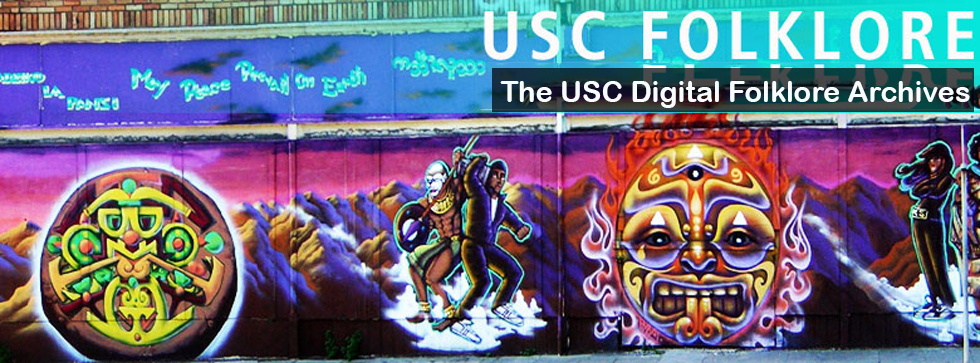Original Text:
“يَوْم القِيامةِ”
Transliteration:
Yawm Al-Qiyaama
Translation:
Day of Judgement (Rising)
My informant has been raised in an Islamic pillared family in Lebanon that has not entirely followed all the beliefs that are enforced but has been taught the knowledge about the religion and the information regarding faith and the afterlife.
Narrative:
Judgement Day is known to be one of the most feared moments in Islam as it is also referred to as “The Day of the Rising”, “The Day of Regret” and “The Striking of Calamity.” My informant has stated that this is “the end of all life in our world when the living is stopped, the deceased come back from the dead state they resided in and are put on trial for their time on earth to decide whether they should be sent to the heavens or hell. Some signs of the day of judgement coming are when events such as “phenomena in the Qur’an, the book of Islam, coming to fruition and if satanic entities or ‘the jin’ were to appear on earth.” This allows Muslims to prepare to be judged for their sins and determine whether they are faithfully good. ‘Allah’, otherwise known as their god, will decide if those who are dead will live in everlasting torment and “if those who have performed his tasks may live freely to fulfil their own duties without punishment” for their sins. It is a day that they “fear, but must accept as it the way that god had intended for the world to progress and end” This is depicted as the beginning of the end in Islam and is the moment that all Muslims stay faithful for as it plays a role in whether they will continue to be blessed for their efforts or punished for their sins.
Context:
It is believed that Judgement Day within Islamic culture and religion is a pivotal part of their upbringing. Although it is “one of the most important parts of our religion and is an extremely important and heavy topic, [they] usually tell the children of the family when they reach a certain age to begin to teach them about Allah and how to be a devoted Muslim” They have also described that this topic is not brought up amongst other adults much unless “it is in a religious setting or during prayer, to remind [themselves] what [they] are performing good tasks for” as it is seen as a religious conversation that exists within every individual’s mind but is not spoken. They must remember that they are living to be a good person and will be punished otherwise, therefore, the children are taught at a young age to understand the complexity of the event and the importance that is tied to being a good person.
Analysis:
Although the day of judgment is a religious sacrament and piece of information that exists in texts centuries old, it plays a pivotal role in not only children but adults’ thinking and actions. It allows each individual to perform in a morally good and generous manner that benefits their culture and the way they interact with the rest of society as a whole. The manner in which it is presented may be harsh and present divine and satanic work, but it gives humanity the chance to present themselves in a moral manner to live out the rest of their lives in prosperity and hope that they gain the judgment of a good being by staying faithful to their god and the entirety of society. The idea of those rising from the dead appearing as well brings the concept of ‘nobody is safe’ as it is a state of vulnerability that they are placed in on the day that wreaks havoc, crushing any hope for those whose sins have outweighed their good. It presents the idea of gratitude and allowing those who are fortunate to be grateful for their privileges, which can also be seen in other Islamic holidays such as the month of fasting of Ramadan when they do not eat to be more empathetic to those that are less fortunate and do not have the privilege of eating comfortably.
